Socomec Cables and wires
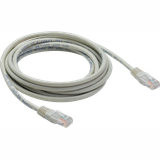
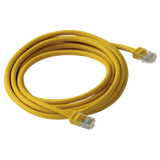
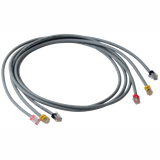
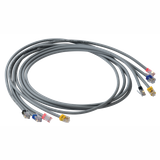



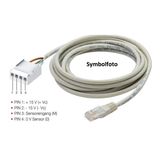


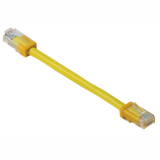
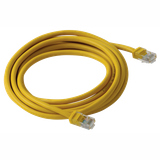

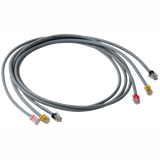
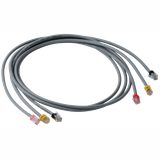
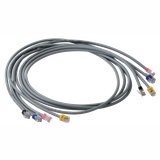
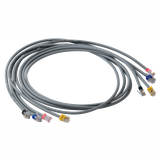

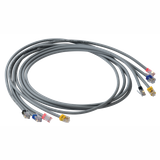
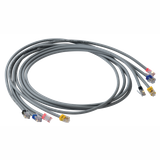
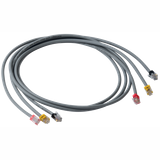



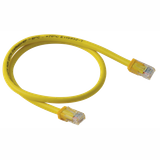
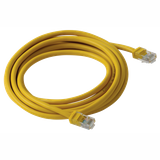

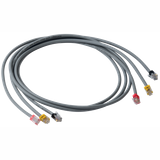
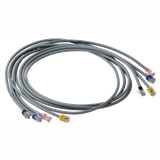

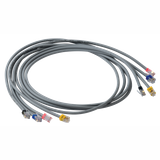
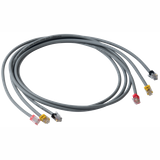

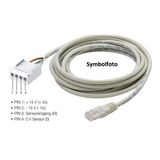
Socomec cables and wires scope and brand context
Project teams use Socomec cabling to tie switch disconnectors, ATS systems, UPS outputs, and DIRIS metering into one reliable LV backbone. The portfolio spans control, signal, and power distribution in commercial buildings and industrial plants where CPR compliance and service continuity are non-negotiable. Conductor classes follow IEC 60228 (Class 1/2 for fixed, Class 5 for flexible), with common voltage ratings at 300/500 V, 450/750 V, and 0.6/1 kV. Fire performance aligns to EN 50575 with typical Cca-s1,d1,a1 and Dca-s2,d2,a1 options for public interiors that must limit smoke and acidity.
Socomec power cables range and conductor classes
For mains feeders to UPS, changeover devices, and switchboards, insulation/outer sheath options include PVC, XLPE+PVC, and LSZH compounds. Cross-sections run from 1.5 mm² control cores up to 240 mm² three-phase sets, with copper as standard and tinned copper for corrosive spaces. Armoured variants (STA/SWA) are selected where mechanical protection or rodent resistance is required. Typical current-carrying data assume 30 °C ambient with grouping factors applied; designers commonly size to ≤2–3% voltage drop on long runs feeding IT loads.
Construction details that matter
- Shields: Al-PET foil with drain for EMC on data/IO; copper braid ≥80% coverage where VFD noise or metering accuracy demands lower impedance return.
- Bending: fixed ≥5×OD; mobile ≥7.5×OD; verify gland tail length so strain relief, not the conductor, carries mechanical loads.
- Temperatures: −30…+70 °C for PVC; up to +90 °C for XLPE under continuous operation; check Tc at terminations inside warm UPS bays.
Socomec flexible cables motion chains and panels
Portable service leads, panel jumpers, and maintenance tails use fine-stranded Class 5 copper with silicone, TPE, or LSZH insulation where tight bend radii or low smoke are required. These are the preferred choice around removable ATS bypasses and plug-in metering test blocks. When installers reference socomec electrical cables for patching inside cabinets, choose ferrules or compression lugs appropriate to cage-clamp or tunnel terminals to avoid strand splay and hot spots.
Socomec installation cables fixed routing rules
For fixed wiring in risers and corridors, CPR-rated LSZH sheaths maintain egress conditions during faults. Color codes follow HD 308 S2; neutral is blue, PE is bi-color green/yellow, and grey/black/brown sets support three-phase identifiers. Where designers specify socomec industrial wiring for plant areas, confirm tray fill, spacing to heat sources, and segregation from data to meet EMC targets around meters and power quality analyzers.
Technical specifications and standards
- Standards: IEC 60228 conductors; IEC/EN 60332-1-2 flame; IEC 60332-3 series for bundled fire spread; IEC 60754 halogen acidity; IEC 61034 smoke density; EN 50575 CPR DoP labelling.
- Impedance and data: for RS-485 links to DIRIS gateways, use 120 Ω balanced pairs, 24–22 AWG, low-capacitance dielectric to sustain long trunk distances without reflections.
- Earthing and fault duty: verify adiabatic checks (S = I√t/k) against protective device let-through so CPCs survive prospective fault currents near switch disconnectors and UPS input breakers.
Applications and compatibility
UPS output cabling benefits from XLPE insulation for thermal headroom under continuous load, while ATS inputs in generator rooms often need armour and UV-stable outer sheaths. Control and signal circuits to metering transducers prefer shielded twisted pairs terminated in a single-point ground to keep THD measurement stable. For panel interconnects and field IO, socomec connection wires with numbered cores accelerate FAT/SAT and reduce wiring errors on multi-drop chains.
Integration with other Socomec products
Cables are selected as part of the system:
- Switch disconnectors and load break switches: choose lugs that match terminal geometry; many frames accept palm lugs with 10–12 mm hole patterns—avoid over-stacking pads that increase contact resistance.
- UPS and static transfer systems: align cable ampacity with bypass and maintenance path ratings; neutral sizing at 1.0× or 1.73× may be required where harmonic-rich single-phase loads exist downstream.
- DIRIS meters and gateways: pair shielded communication pairs with proper drain continuity; keep power and data in separate containment for clean waveform capture.
Selection criteria for B2B clients
Start by fixing the environment and the control narrative.
- Voltage class and insulation: PVC for standard interiors, XLPE+LSZH when thermal headroom and low smoke are both needed.
- CPR class by building type: offices often accept Dca; hospitals and transport hubs trend to Cca with s1 smoke.
- Short-circuit and protection: size CPCs by adiabatic method and verify device curves; sensitive IT spaces prefer magnetic-only MCCBs on short, stiff feeds.
- Installation geometry: tray, ladder, conduit, or flexible conduit; check gland IP rating and firestop details at penetrations.
- Termination method: choose compression types per DIN 46235 or bootlace ferrules per DIN 46228 to match terminal style and torque windows.
Advantages of working with Bankoflamps
Expect project-grade procurement support. Your account manager maps cross-sections, CPR classes, sheathing compounds, and termination kits to each board schedule and cable route. The portal exposes real-time EU stock at warehouse level; quotations typically land within about an hour with EAN/MPN, drum or coil lengths, recommended glands and lugs, and routing notes. Orders are placed by manufacturer code; downloadable price lists carry validity windows so budgets stay predictable. We track lead times and shipment legs, consolidate by site zone to reduce off-loading time, and provide purchase-history analytics. Trusted clients can operate with post-payment up to 30 days. Coverage includes France, the Baltics, Germany, Spain, Italy, Belgium, and the Netherlands.